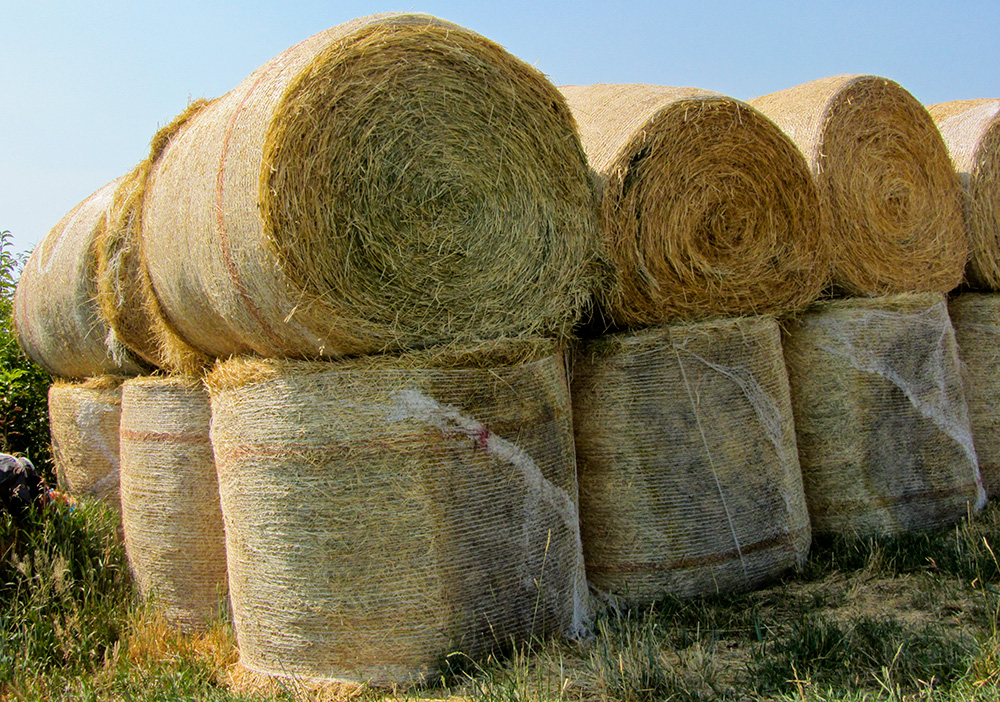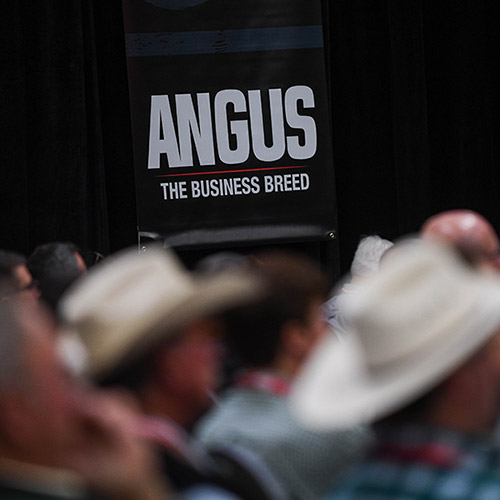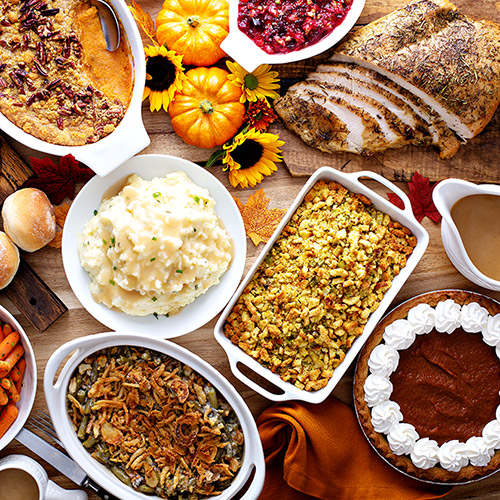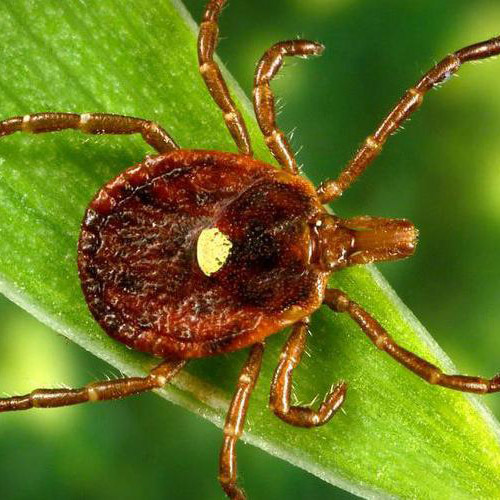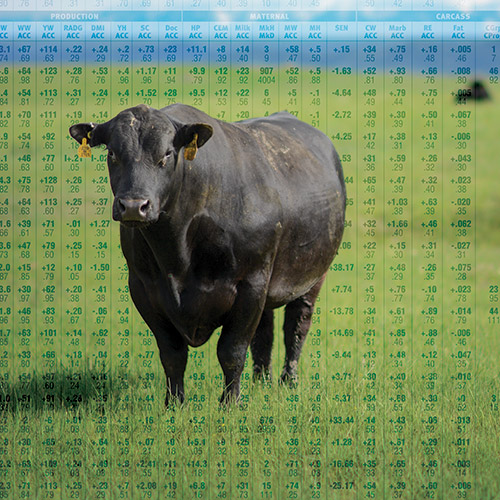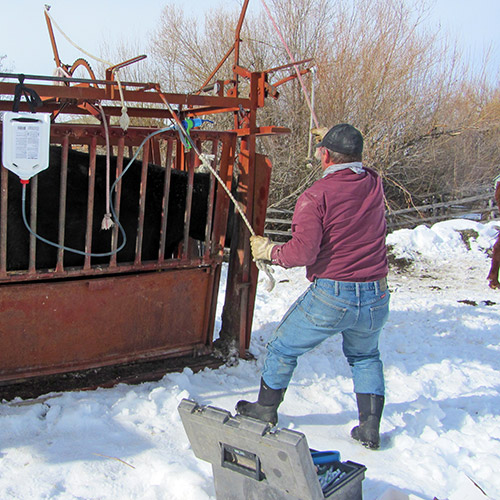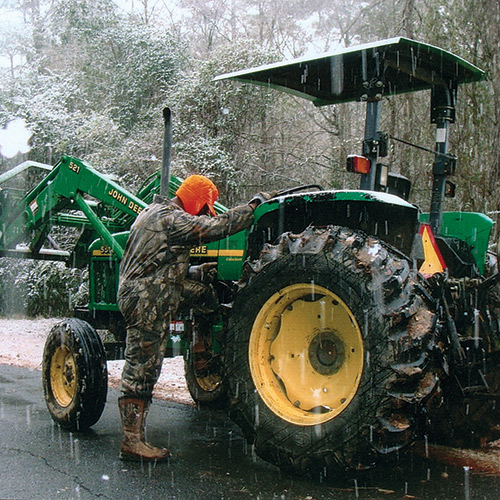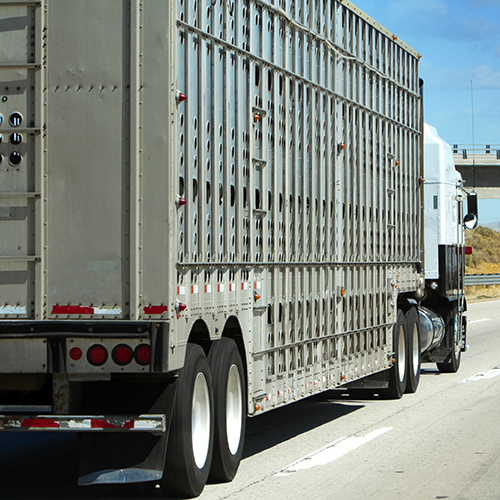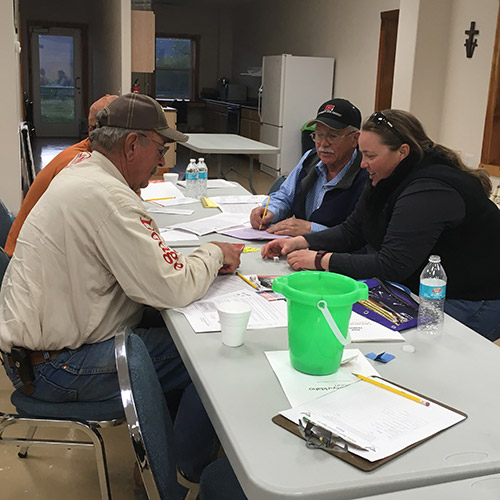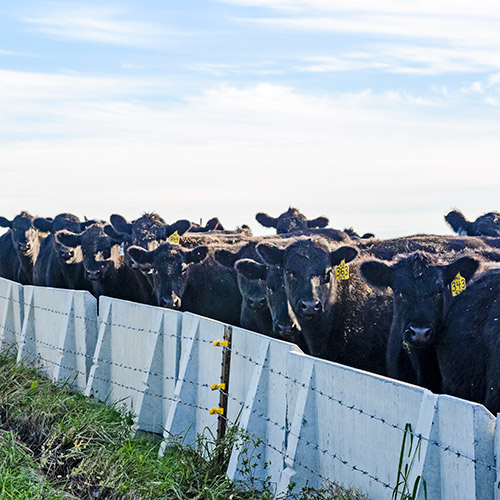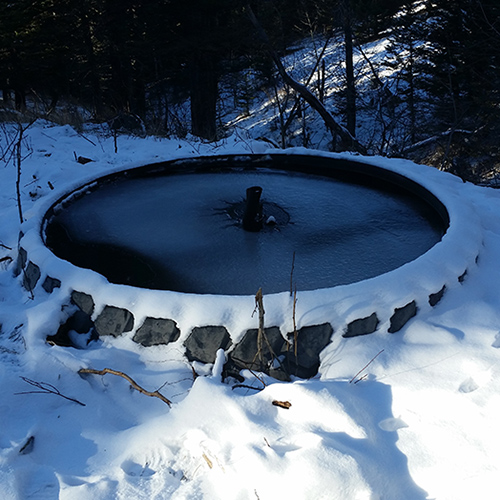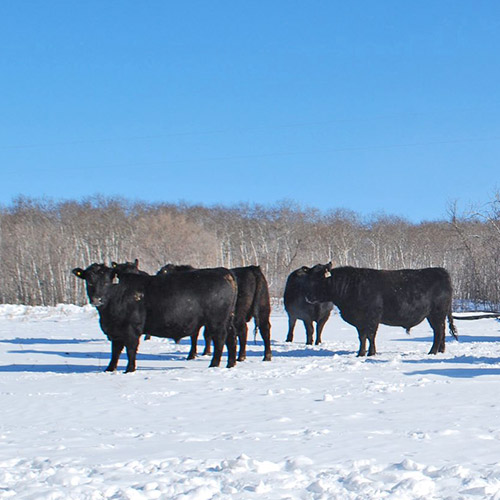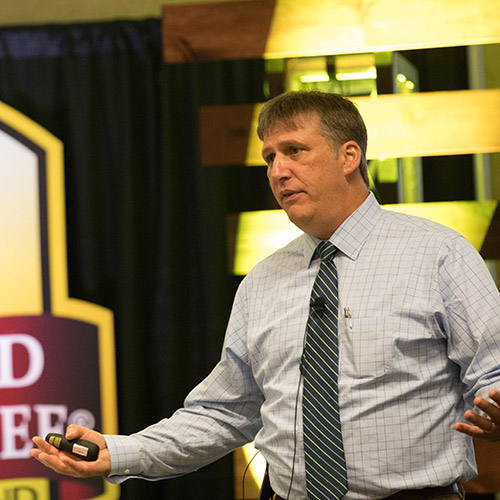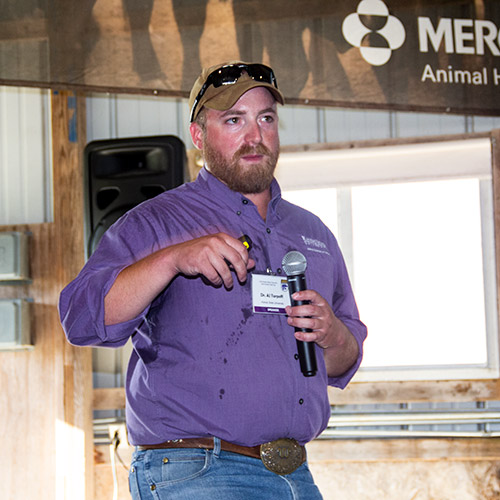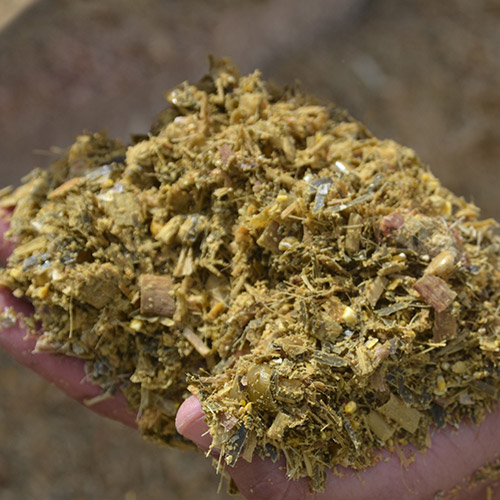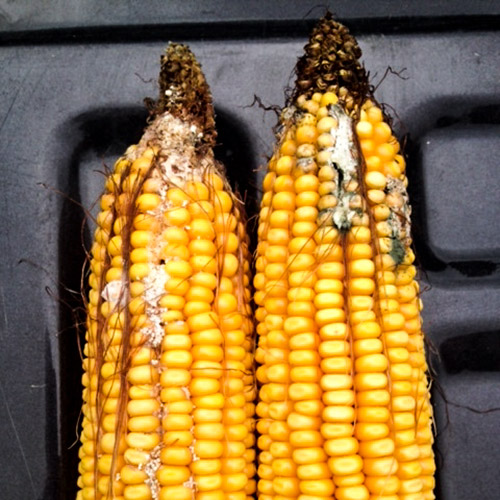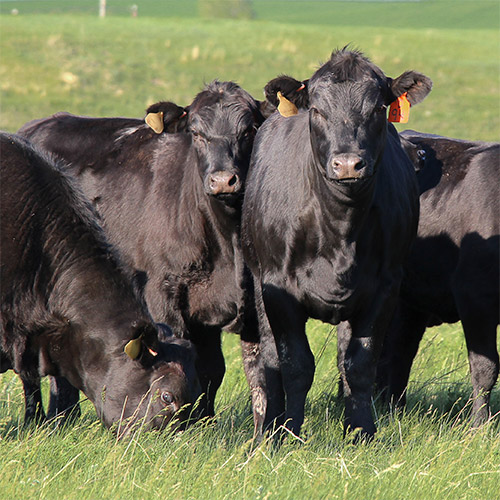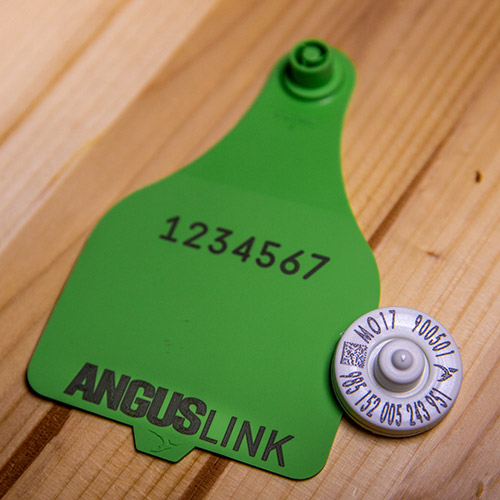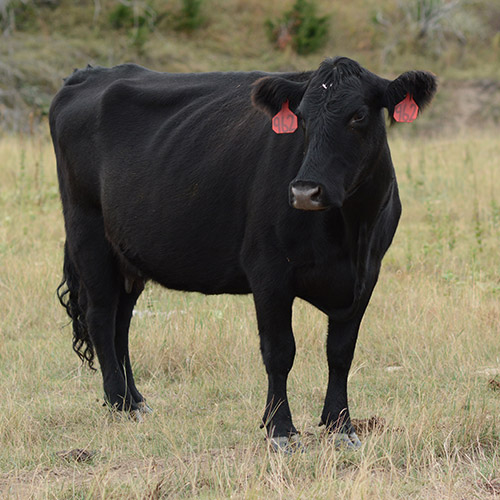Hay-buying Tips
If adverse summer weather made hay buying a necessity, here are tips to make the best purchases.
Neal and Amanda Sorenson of Powder River Angus Ranch, Spotted Horse, Wyo., purchase hay most years.
Neal says they try to buy good-quality hay that doesn’t have weeds, because they don’t want to bring any weeds to the ranch.
“Sometimes when we need to buy a lot of hay, we’ve purchased malt barley straw to help stretch our forage at less cost. It’s softer than wheat straw, cows eat it better, and it’s usually weed-free because there can’t be any weeds in barley that’s made into beer. There’s usually a little grain in it. This makes good feed, at about half the price of hay,” he says.
